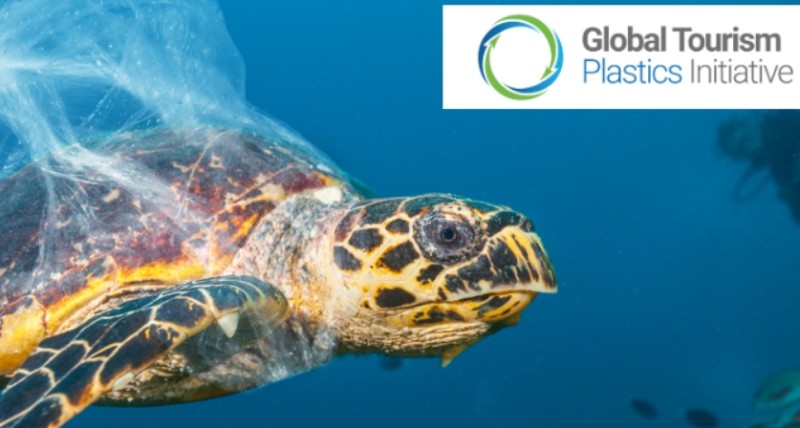
A few hundred meters off the coast of the Kerkennah Islands, a group of students watches in awe as Besma, a protected sea turtle, returns to the sea after receiving care on a hospital barge, the only one of its kind in the region.
« It is essential for turtles to return to their natural habitat after recovery, » emphasizes Hamed Mallat, a biologist leading this initiative called the « Marine Turtle Rehabilitation Station, » a project supported by the United Nations.
Anchored offshore and surrounded by nets and buoys, the barge is, according to Mallat, « the first structure of its kind in Tunisia and the Mediterranean. »
Its uniqueness lies in the space it offers. « It provides a spacious environment where turtles can move freely and feed, mimicking their natural habitat, » explains Mallat, who is also a member of the local Kraten Association for Sustainable Development.
This hospital barge, inaugurated last December, was created by repurposing an old aquaculture cage to accommodate loggerhead turtles, a protected species. The enclosure, spanning 150 square meters, can host up to five turtles at a time.
Each year, approximately 10,000 loggerhead turtles, known scientifically as Caretta caretta and considered highly vulnerable, become trapped in fishing nets off the Tunisian coast.
The European Life Medturtles program, which spans five Mediterranean countries (Albania, Italy, Spain, Tunisia, and Turkey), has revealed an alarming mortality rate of 70% for these turtles, primarily due to gillnets suspended vertically in the water, where they remain trapped.
Source: Mosaïque Fm



